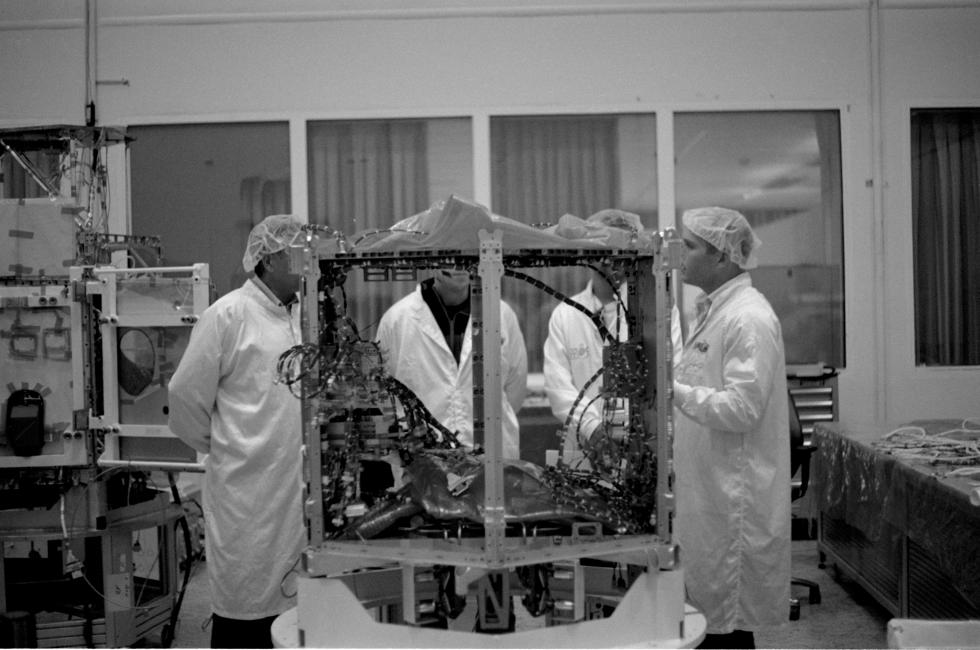VENμS is a cooperative effort between France and Israel. The name of the satellite sounds like the name of the planet, but it is actually an acronym for Vegetation and Environment monitoring on a New Micro Satellite.
VENμS is equipped with a twelve-spectral-bands camera. The spectral-bands range is from the visible to the near infrared. The camera is imaging simultaneously the same location – each of them on a different wavelength. By analyzing and comparing the images with different bands, one can assess various agricultural characteristics such as the state of the soil, how vegetation is developing, the need for irrigation and fertilization, and other parameters needed to improve agricultural productivity. These twelve bands also help measure environmental preservation parameters – monitoring contamination levels in bodies of water, coastal monitoring, and more.
The satellite covers vast areas around the globe and captures more than one hundred sites every two days. For each site, it displays more than seven hundred square kilometers. In addition, VENμS flies in a specific orbit that enables it to return to each site at exactly the same time, and under the same imaging conditions – thereby enabling researchers to identify changes.
The technological payload of VENμS comprises a unique electric propulsion system, which is based on Hall-effect thrusters. The electric propulsion system is considerably more efficient for carrying out orbital maneuvers compared to the common chemical propulsion system. It has several advantages, including: minimizing the mass of the propellant, while achieving flexible orbital maneuvers that can be affected online; providing a considerably extended lifetime; and the ability to operate at lower altitudes.
VENμS was launched into space in August of 2017.










